Introduction
As spring approaches, the anticipation mounts for Chilean apple producers as they gear up to meet the demands of the US market. With consumers eagerly awaiting the arrival of fresh produce, the dynamics of the supply chain and shifting preferences are crucial factors shaping this seasonal exchange.
Chile has established itself as a key player in the global apple market, consistently delivering high-quality fruit to eager consumers abroad. The US market stands as a significant destination for Chilean apple exports, with its demand driving much of the anticipation surrounding the upcoming spring harvest.
The evolving consumer preferences and market trends, Chilean growers and exporters navigate a complex landscape to ensure a seamless flow of apples to US shores. Factors such as varietal preferences, organic versus conventional options, and sustainability initiatives all influence decision-making along the supply chain.
Furthermore, logistical considerations, including transportation and storage, play a vital role in meeting US market demands efficiently and effectively. As stakeholders collaborate to optimize these processes, the stage is set for another successful season of Chilean apples delighting consumers across the United States.
In this article, Fruits Auction BV discuss the intricate dynamics of the Chilean-US apple trade, exploring the strategies and insights driving this essential component of the spring produce market.
Chilean Apples Origin
Chilean apples, renowned for their quality and flavor, trace their origins to the fertile lands and favorable climatic conditions of Chile. Situated in the Southern Hemisphere, Chile boasts a unique geographical advantage, offering a counter-seasonal harvest to the Northern Hemisphere. This allows Chilean growers to supply fresh apples during the Northern Hemisphere’s off-season, particularly in the spring and early summer months when domestic production is limited.
The history of apple cultivation in Chile dates back centuries, with Spanish colonizers introducing fruit trees to the region during the colonial period. Over time, Chile’s diverse microclimates, ranging from the Mediterranean-like conditions of central Chile to the cooler climates of the southern regions, have proven conducive to apple cultivation. Today, Chilean apple orchards span vast areas across the country, from the central valleys to the southern regions of Bio-Bio and Los Rios.
Chile’s apple industry is characterized by a commitment to quality and innovation, with growers employing modern agricultural practices and technologies to enhance productivity and sustainability. Additionally, Chilean apples benefit from strict phytosanitary regulations and rigorous quality control measures, ensuring that only the finest fruit reaches international markets.
The reputation of Chilean apples has grown steadily over the years, with exports expanding to numerous countries around the world. In particular, the United States stands as a major importer of Chilean apples, appreciating the consistent supply of premium fruit during its own offseason.
Overall, the story of Chilean apples is one of resilience, innovation, and a deep-rooted tradition of excellence, making them a sought-after commodity in global markets year after year.
Chilean Apples Spring Supply
As spring approaches, anticipation builds for the supply of Chilean apples to meet the demands of markets worldwide, particularly in the United States. Chile’s counter-seasonal advantage allows it to fill the gap in apple availability during the Northern Hemisphere’s offseason, ensuring a steady flow of fresh fruit to consumers eager for quality produce.
The spring supply of Chilean apples is the result of meticulous planning and cultivation practices carried out by growers across the country. Orchards situated in diverse microclimates, from the central valleys to the southern regions, contribute to the overall production, offering a variety of apple cultivars to suit different preferences.
Logistics play a crucial role in the spring supply chain, with exporters coordinating transportation and storage to ensure the timely delivery of apples to international markets. Cold storage facilities maintain the fruit’s freshness during transit, preserving its flavor and quality until it reaches consumers’ tables.
Consumer preferences also influence the spring supply of Chilean apples, with growers adapting to market trends by offering a range of options, including organic and conventional varieties. Sustainability initiatives further shape the supply chain, with efforts to minimize environmental impact and promote responsible farming practices.
Overall, the spring supply of Chilean apples represents a collaborative effort involving growers, exporters, and stakeholders throughout the supply chain to deliver premium fruit to markets worldwide, satisfying consumer demand for fresh and flavorful produce.
Conclusion
In conclusion, the spring supply of Chilean apples continues to play a vital role in meeting the demands of consumers, particularly in the United States, during the Northern Hemisphere’s offseason. With its counter-seasonal advantage, Chile delivers fresh and flavorful apples when domestic production in other parts of the world is limited.
The success of Chilean apple exports relies on a combination of factors, including favorable growing conditions, modern agricultural practices, and efficient supply chain management. Growers across Chile’s diverse microclimates work diligently to cultivate a variety of apple cultivars, ensuring a steady and diverse supply to meet market preferences.
Logistical considerations, such as transportation and storage, are essential components of the spring supply chain, enabling Chilean exporters to deliver high-quality fruit to international markets in a timely manner. Cold storage facilities play a crucial role in preserving the freshness and flavor of the apples during transit, maintaining their appeal to consumers.
Furthermore, the spring supply of Chilean apples reflects a commitment to sustainability and responsible farming practices, ensuring the long-term viability of the industry while minimizing environmental impact.
Overall, the spring supply of Chilean apples exemplifies the resilience, innovation, and dedication of growers, exporters, and stakeholders throughout the supply chain, reaffirming Chile’s position as a leading provider of premium fruit to markets worldwide.

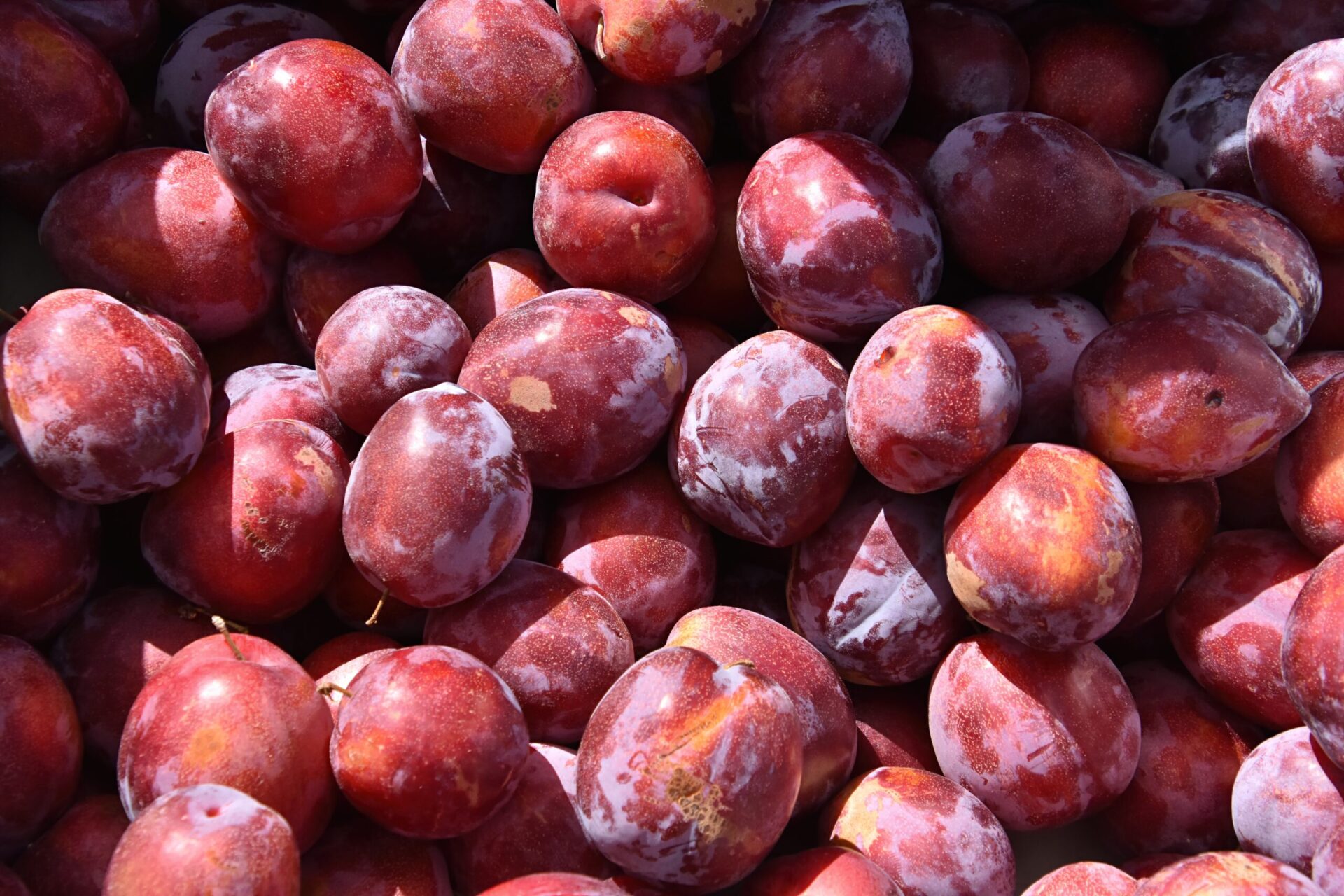

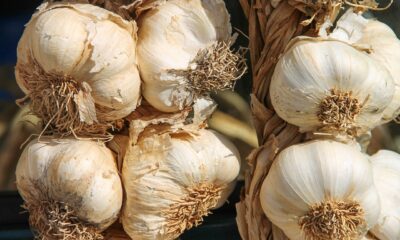

 Environmental Sustainability1 year ago
Environmental Sustainability1 year ago
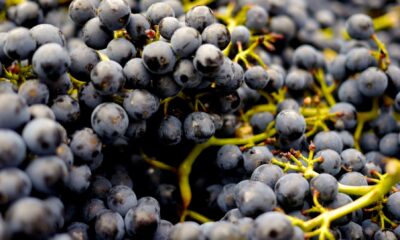

 Agriculture, Transportation & Logistics7 months ago
Agriculture, Transportation & Logistics7 months ago


 Agriculture, Transportation & Logistics1 year ago
Agriculture, Transportation & Logistics1 year ago
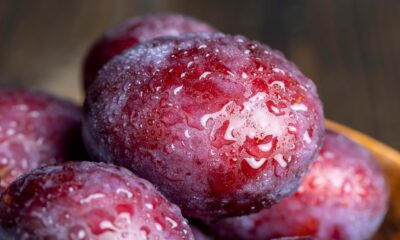

 Food Safety & Quality Control7 months ago
Food Safety & Quality Control7 months ago
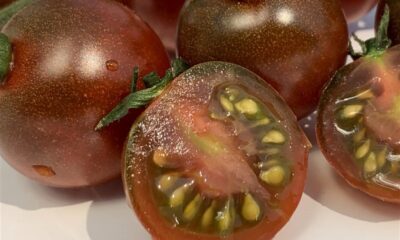

 Food Safety & Quality Control1 year ago
Food Safety & Quality Control1 year ago


 Food Safety & Quality Control1 year ago
Food Safety & Quality Control1 year ago
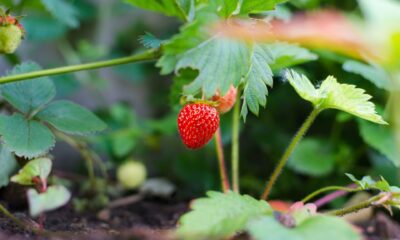

 Agriculture, Transportation & Logistics12 months ago
Agriculture, Transportation & Logistics12 months ago


 International Trade & Commerce1 year ago
International Trade & Commerce1 year ago
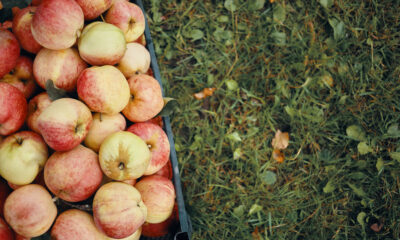

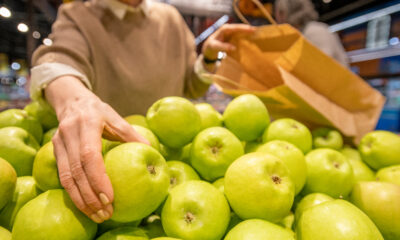





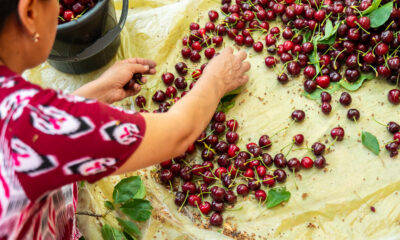

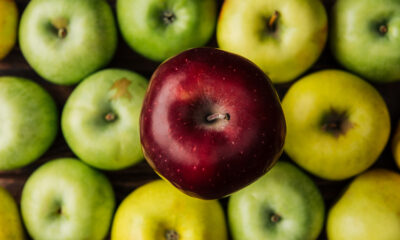


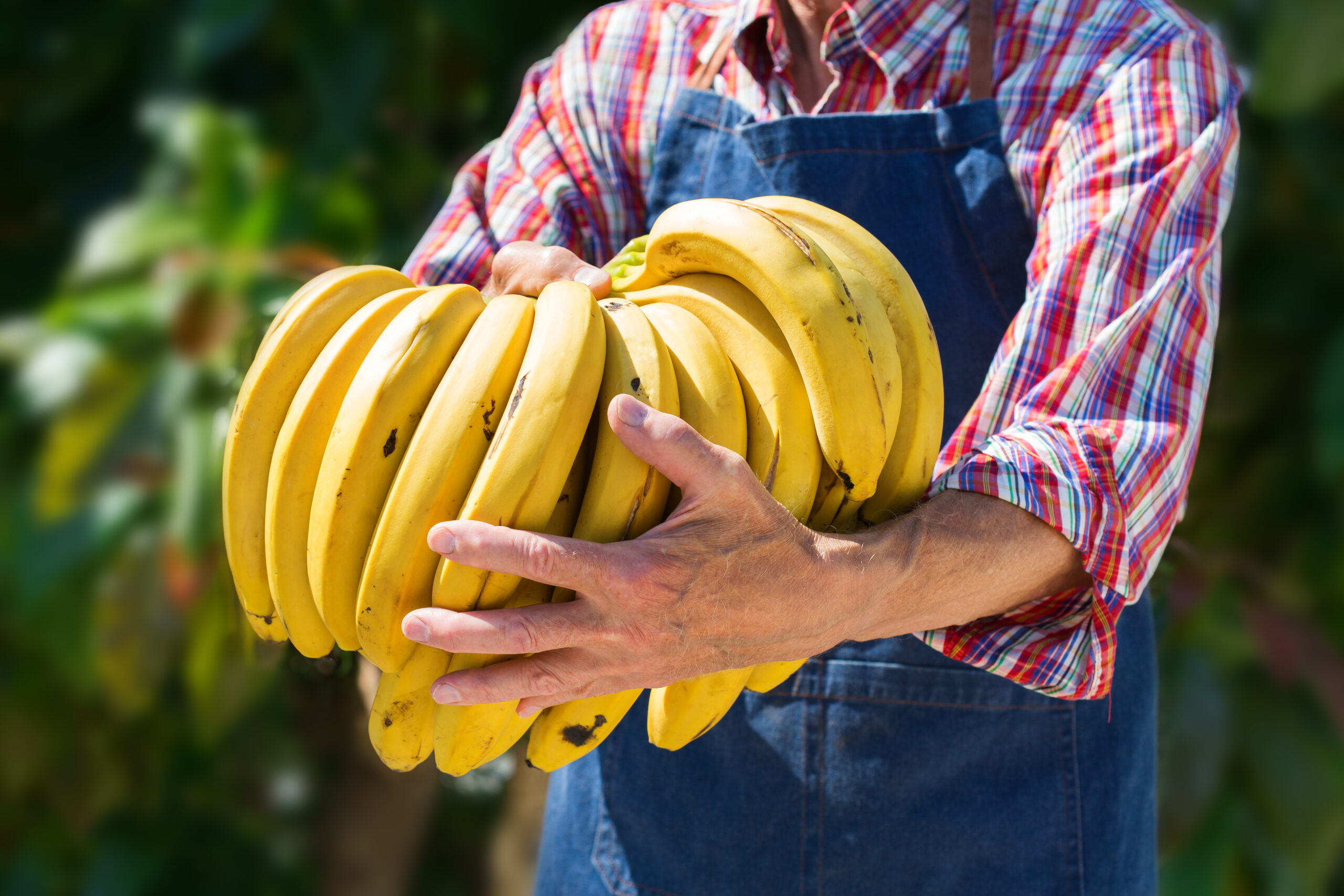





puravive reviews
February 28, 2024 at 1:49 am
This platform is unbelievable. The magnificent data uncovers the distributer’s excitement. I’m shocked and expect additional such astonishing substance.